Commentary: Lawmakers are right to try to bar ICE agents from hiding their identities
Published in Op Eds
The images are jarring. Across the country, federal law enforcement officers in plain clothes and wearing ski masks and balaclavas are seizing and detaining protesters, students and even elected officials. These scenes evoke images of government thugs in violent regimes disappearing opponents.
This is not how policing should look in a democratic society. Which is why everyone — regardless of political affiliation or stance on immigration enforcement — should support bills being introduced in Congress to address this growing problem. Three pieces of legislation — under consideration or expected soon — would prohibit masking by Immigration and Customs Enforcement agents, including one Thursday from Reps. Dan Goldman, D-N.Y., and Adriano Espaillat, D-N.Y., and one expected soon from Sens. Alex Padilla, D-Calif., and Cory Booker, D-N.J. These are obvious, common-sense measures that shouldn’t need to be codified into law — but given the reality today, and what’s being done on streets across the country, they clearly do.
In the United States, those tasked with enforcing the law are public servants, answerable to the people through their elected representatives. Wearing uniforms and insignia, and publicly identifying themselves, are what make clear an officer’s authority and enable public accountability.
That is why U.S. policing agencies generally have policies requiring officers to wear a badge or other identifier that includes their name or another unique mark, like a badge number. That is why — not so long ago — one of us wrote a letter on behalf of the Justice Department to the police chief in Ferguson, Mo., to ensure that officers were readily identifiable during protests. This letter was sent by the federal government, in the middle of the federal civil rights investigation of the Ferguson Police Department, because ensuring this “basic component of transparency and accountability” was deemed too important to hold off raising until the end of the investigation. Exceptions have long been made for scenarios such as undercover work — but it has long been understood that, as a general rule, American law enforcement officers will identify themselves and show their faces.
This foundational democratic norm is now at risk. In February, masked ICE officers in riot gear raided an apartment complex in Denver, one of the first times Americans saw agents hide their faces on the job. In March, the practice came to widespread attention when Tufts University doctoral student Rumeysa Ozturk was snatched by plainclothes ICE officers, one of them masked, while walking down a street in Somerville, Mass. Throughout the spring, bystanders captured videos of masked or plainclothes ICE enforcement actions from coast to coast, in small towns and big cities.
ICE says it allows this so officers can protect themselves from being recognized and harassed or even assaulted. ICE’s arguments just won’t wash. Its claims about how many officers have been assaulted are subject to serious question. Even if they were not, though, masked law enforcement is simply unacceptable.
At the most basic level, masked, anonymous officers present a safety concern for both the individuals being arrested and the agents. People are understandably far more likely to disregard instructions or even fight back when they think they’re being abducted by someone who is not a law enforcement officer. If the goal is to obtain compliance, masks are counterproductive. It’s far safer to encourage cooperation by appealing to one’s authority as a law enforcement officer — which almost always works. When people are seized by masked strangers who do not establish their lawful authority, who could blame them for fighting back?
Related, there is a very real and growing threat of law enforcement impersonation. There has been a disturbing uptick in reported incidents of “ICE impersonations,” in which private individuals dress as ICE or law enforcement officials to exploit the trust and authority invested in law enforcement. Just this month, the assailant in the recent assassination of a Minnesota lawmaker was posing as a police officer. Other examples are abounding across the country. As Princeton University noted in a recent advisory, when law enforcement officers are not clearly identifying themselves, it becomes even easier for impostors to pose as law enforcement. Replicas of ICE jackets have become a bestseller on Amazon.
Most fundamentally, masked detentions undermine law enforcement legitimacy. Government agencies’ legitimacy is essential for effective policing, and legitimacy requires transparency and accountability. When officers hide their identities, it sends the clear message that they do not value those principles, and in fact view them as a threat.
Federal law currently requires certain clear accountability measures by federal immigration enforcement officials, including that officers must identify themselves as officers and state that the person under arrest is, in fact, under arrest as well as the reason. That should sound familiar and be a relief to those of us who are grateful not to live in a secret police state.
But those words are cold comfort if you are confronted by someone in street clothes and a ski mask — with no way to know if they are who they say or whom to hold accountable if they violate your rights.
ICE officials cannot be allowed to continue to enforce our laws while concealing their identities. Transparency and accountability are what separate democracy from authoritarianism and legitimate law enforcement from the secret police in antidemocratic regimes. The images we are seeing are unrecognizable for the United States, and should not be tolerable for anyone.
____
Barry Friedman is a professor of law at New York University and author of “Unwarranted: Policing Without Permission.” Christy Lopez is a professor from practice at Georgetown University School of Law. She led the police practices unit in the Civil Rights Division of the Department of Justice from 2010-2017.
©2025 Los Angeles Times. Visit at latimes.com. Distributed by Tribune Content Agency, LLC.
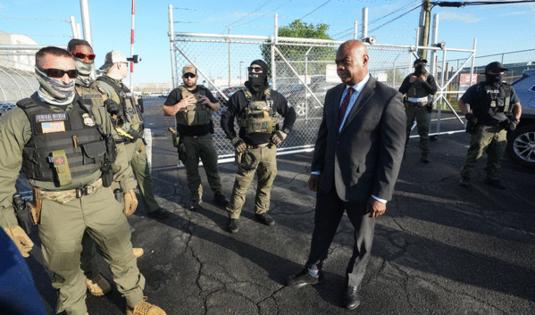


















































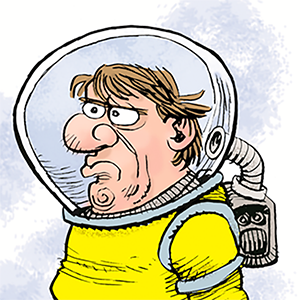
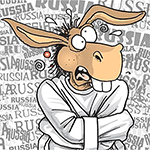

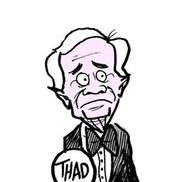
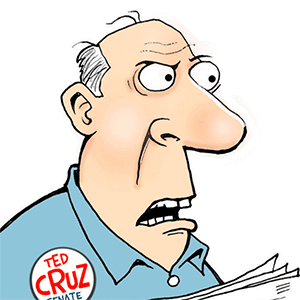
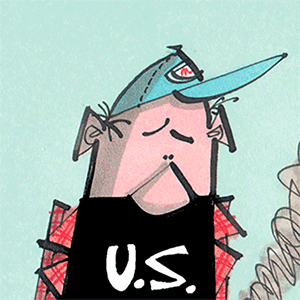
Comments